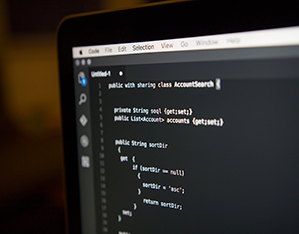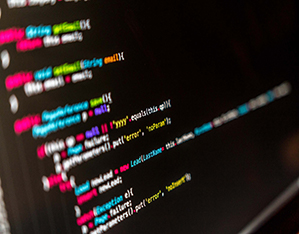
Triggers – Send email after deleting a record.
Triggers - Send email after record deletion. There are occasions in which you want to notify a person or a group of people when a record/s has been deleted. To accomplish this you can write a trigger that will send an email to those that need to be informed about this action. We will write a trigger here that will do exactly that, it will send an email to one email address if a record gets deleted. We are not going to write the full logic in the trigger's body. We are going to build a helper class to take care of the execution of our logic and we are going to invoke this helper class from all class. So let's start by writing out ONE AND ONLY trigger for…

